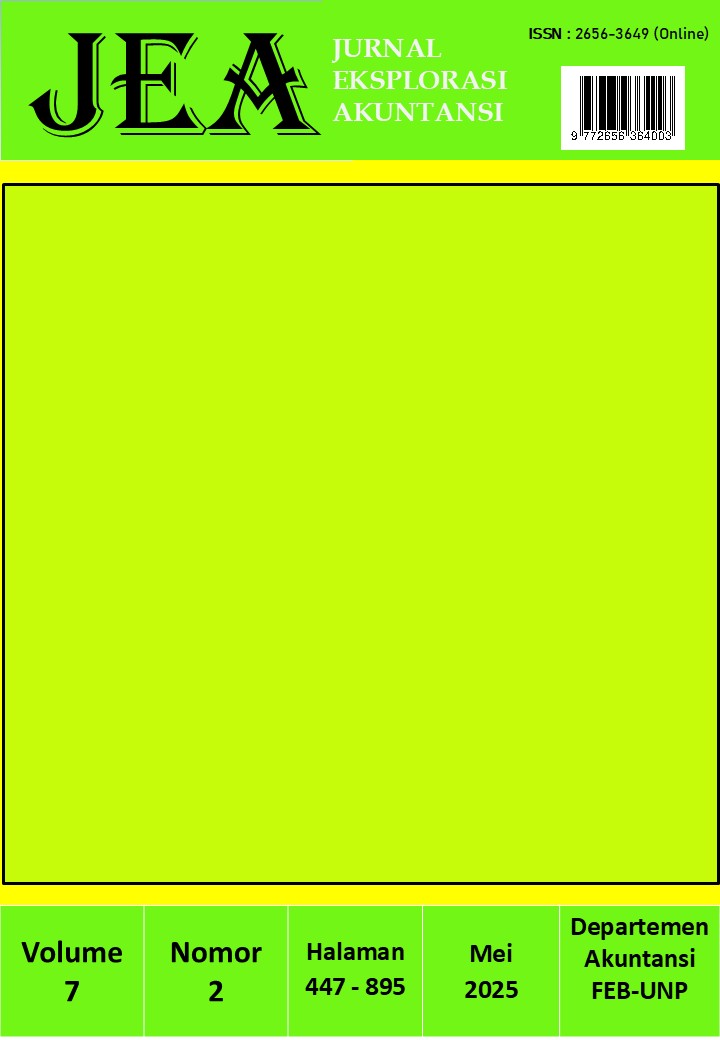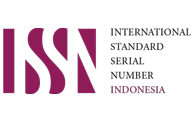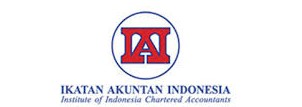Analisis Pengungkapan Key Audit Matters dalam Laporan Tahunan Perusahaan Konstruksi dan Bangunan Indonesia Tahun 2022-2023
Abstract
This study analyzes the disclosure of Key Audit Matters (KAM) in the annual reports of construction and building companies listed on the Indonesia Stock Exchange for 2022-2023. KAMs highlight significant audit aspects requiring detailed auditor explanations. The research identifies trends and frequencies in KAM disclosures and explores influencing factors. Findings show revenue recognition is a frequent KAM issue in the Indonesian construction sector due to the complexity of measuring and recording revenue from long-term projects, which involve significant estimates and assessments. The implementation of PSAK 72, governing revenue recognition from contracts with customers, has further emphasized revenue as a KAM. Additionally, trade receivables are commonly disclosed due to high credit risk and uncertainty in collection, impacting cash flow. KAM disclosures regarding receivables provide transparent information about asset quality and associated risks. This research enhances theories related to KAM disclosure practices and enriches academic literature in accounting and auditing. The findings aim to boost investor confidence in the Indonesian capital market, especially in the construction sector, by highlighting the importance of transparency in financial reporting to improve information quality for stakeholders.
References
Alaloul, W. S., Musarat, M. A., Rabbani, M. B. A., Iqbal, Q., Maqsoom, A., & Farooq, W. (2021). Construction sector contribution to economic stability: Malaysian gdp distribution. Sustainability (Switzerland), 13(9). https://doi.org/10.3390/su13095012
AlRubaiei, Q. H. S., Nifa, F. A. A., Chong, K. L., & Rahim, S. A. (2022). Scope Management Review Tool for Controlling Variation Order Cost in Government Projects in the Sultanate of Oman. AIP Conference Proceedings, 2644. https://doi.org/10.1063/5.0104292
Bédard, J., Gonthier-Besacier, N., & Schatt, A. (2014). Costs and Benefits of Reporting Key Audit Matters in the Audit Report: The French Experience.
Cavanagh, S. (1997). Content analysis: concepts, methods and applications. Nurse Researcher, 4(3), 5–16. https://doi.org/10.7748/nr.4.3.5.s2
Hategan, C. D. (2020). Key audit matters at the financial services companies: are there differences? https://www.researchgate.net/publication/348049845
Hollweck, T. (2015). Case Study Research Design and Methods (5th ed.). Canadian Journal of Program Evaluation, 30(1), 108–110. https://doi.org/10.3138/cjpe.30.1.108
Junaidda Hashim, U., Ahmad, N., Amalina Wan Abdullah, W., & Salleh, Z. (2019). Key audit matters practices in construction sector: evidence of malaysian market. Dalam Journal of Science and Technology (Vol. 37).
Kondracki, N. L., Wellman, N. S., & Amundson, D. R. (2002). Content Analysis: Review of Methods and Their Applications in Nutrition Education. Journal of Nutrition Education and Behavior, 34(4), 224–230. https://doi.org/10.1016/S1499-4046(06)60097-3
Krippendorff, K. (2019). Content Analysis: An Introduction to Its Methodology. SAGE Publications, Inc. https://doi.org/10.4135/9781071878781
Mansoor Dailami, & Michael Klein. (1998). Government Support to Private Infrastructure Projects in Emerging Markets: Vol. Volume 1868. World Bank Publications.
Mock, T. J., Bédard, J., Coram, P. J., Davis, S. M., Espahbodi, R., & Warne, R. C. (2013). The audit reporting model: Current research synthesis and implications. Auditing, 32(SUPPL.1), 323–351. https://doi.org/10.2308/ajpt-50294
Nasution, N., Faruqi, F., & Rahayu, S. (2019). Pengaruh Kepemilikan Manajerial, Kepemilikan Institusional, Struktur Modal, Pertumbuhan Perusahaan Dan Profitabilitas Terhadap Nilai Perusahaan Pada Perusahaan Manufaktur Di Indonesia Tahun 2015-2018. Jurnal STEI Ekonomi, 28(01), 153–171. https://doi.org/10.36406/jemi.v28i01.273
Ofori, P. A., Twumasi-Ampofo, K., Danquah, J. A., Osei-Tutu, E., & Osei-Tutu, S. (2017). Investigating Challenges in Financing Contractors for Public Sector Projects in Ghana. Journal of Building Construction and Planning Research, 05(02), 58–70. https://doi.org/10.4236/jbcpr.2017.52005
Pinto, I., & Morais, A. I. (2019). What matters in disclosures of key audit matters: Evidence from Europe. Journal of International Financial Management and Accounting, 30(2), 145–162. https://doi.org/10.1111/jifm.12095
Puspitaningtyas, Z., Sisbintari, I., Karyadi, H., & Dwimahendrawan, A. (2022). Is accounting information relevant as an early warning signal? Jurnal Akuntansi Multiparadigma, 13(2). https://doi.org/10.21776/ub.jamal.2022.13.2.22
Rezaee, Z. (2005). Causes, consequences, and deterence of financial statement fraud. Critical Perspectives on Accounting, 16(3), 277–298. https://doi.org/10.1016/S1045-2354(03)00072-8
sekaran uma. (2011). Research Methods For Business (Metode Penelitian Untuk Bisnis). Salemba Empat.
Sihombing, M. N., Putu, Putra Prakesa, I., & Firmansyah, A. (t.t.). Pendapatan perusahaan konstruksi di indonesia sebelum dan setelah penerapan psak 72 (Vol. 2, Nomor 4). www.idx.co.id
Spence, M. (1973). Job Market Signaling. The Quarterly Journal of Economics, 87(3), 355. https://doi.org/10.2307/1882010
Tazegül, a. (2021). An analysis of the borsa istanbul manufacturing companies on the key audit matters. Kafkas Üniversitesi İktisadi ve İdari Bilimler Fakültesi Dergisi, 12(24), 753–780. https://doi.org/10.36543/kauiibfd.2021.031
Tracy, S. J. (2013). Qualitative Research Methods. www.wiley.com/go/tracy.
Yaghoobnezhad, A., & Tajiknia, E. (2023). Earnings management of follower companies in response to the reporting of leading industry companies fraudulently. Dalam International Journal of Finance and Managerial Accounting (Vol. 8, Nomor 29).
Yasser, G., Uin, A., & Banjarmasin, A. (2018). Membongkar Isi Pesan dan Media dengan Content Analysis (Vol. 17, Nomor 33). http://images.andamawara.multiply.Multiplycontent.com/attachment/0







.png)
.png)
